I was working with Sequence to Sequence models in Pytorch. Sequence to Sequence Models comprises of an Encoder and a Decoder.
The Encoder convert a (batch_size X input_features X num_of_one_hot_encoded_classes) -> (batch_size X input_features X hidden_size)
The Decoder will take this input sequence and convert it into (batch_size X output_features X num_of_one_hot_encoded_classes)
An example would be like-
So on the above example, I would need to convert the 22 input features to 10 output features. In Keras it could be done with a RepeatVector(10).
An Example -
model.add(LSTM(256, input_shape=(22, 98)))
model.add(RepeatVector(10))
model.add(Dropout(0.3))
model.add(LSTM(256, return_sequences=True))
Although, I'm not sure if it's the proper way to convert the input sequences into the output ones.
So, my question is -
- What's the standard way to convert the input sequences to output ones. eg. converting from (batch_size, 22, 98) -> (batch_size, 10, 98)? Or how should I prepare the Decoder?
Encoder Code snippet (Written in Pytorch) -
class EncoderRNN(nn.Module):
def __init__(self, input_size, hidden_size):
super(EncoderRNN, self).__init__()
self.hidden_size = hidden_size
self.lstm = nn.LSTM(input_size=input_size, hidden_size=hidden_size,
num_layers=1, batch_first=True)
def forward(self, input):
output, hidden = self.lstm(input)
return output, hidden
